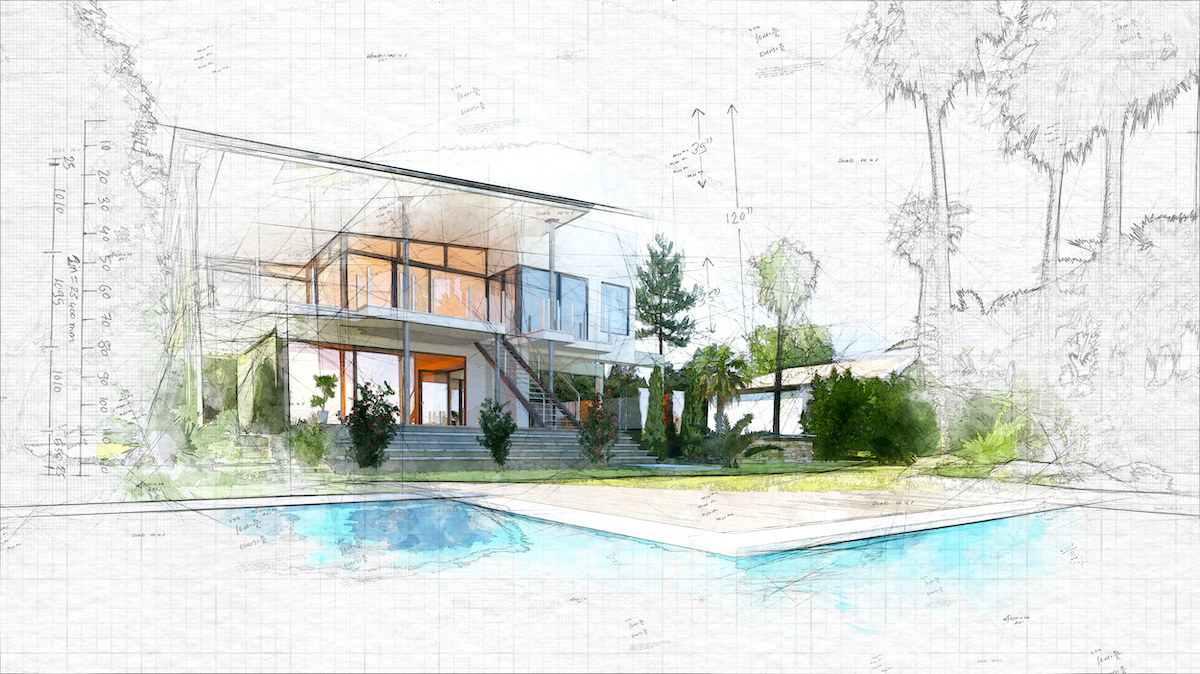Elevate Your Structure Layout with the Competence of CDA Architects
Elevate Your Structure Layout with the Competence of CDA Architects
Blog Article
Comprehending the Collaborative Refine In Between Architects and Designers in Modern Building Projects
The collective procedure in between architects and engineers is essential in contemporary building tasks, as it harmonizes layout intent with design usefulness. Exploring these characteristics reveals understandings that might considerably influence project end results and total industry requirements.
The Relevance of Partnership
The joint synergy between engineers and designers is necessary for the successful awareness of any kind of construction project. This collaboration brings together distinctive competence and point of views, making it possible for the combination of cutting-edge design with practical engineering solutions. By interacting, designers and engineers can make certain that a project not only fulfills aesthetic and functional requirements but additionally abides by safety and security, sustainability, and monetary constraints.
Collaboration fosters a shared vision, assisting in the alignment of objectives and expectations from the outset. This placement is vital in addressing potential challenges and mitigating threats that might emerge during the task lifecycle. A collective strategy permits for the efficient appropriation of sources, enhancing both time and expense.
The significance of partnership reaches the repetitive procedure of style and building, where feedback from designers can inform building decisions, causing even more viable and sustainable designs. Conversely, designers can inspire designers to think creatively concerning how to achieve structural stability without endangering imaginative intent. Inevitably, the joint connection between architects and designers is not just valuable; it is fundamental to the development of top notch, practical, and ingenious built settings that satisfy the requirements of culture.
Communication Techniques and Devices
Reliable communication methods and tools are important for cultivating partnership between designers and designers throughout the job lifecycle. Establishing clear channels of interaction is vital to guarantee that all staff member are straightened with project purposes, timelines, and obligations. Regular meetings, both in-person and virtual, supply chances for stakeholders to discuss progression, address concerns, and make educated decisions.
Utilizing job monitoring software, such as BIM (Structure Details Modeling) systems, enhances collaboration by enabling real-time sharing of design adjustments and technical requirements. These devices assist in openness, permitting engineers and designers to envision changes and analyze their influence on the general project.

Shared Objectives and Job Vision

Developing shared objectives entails open discussion and a detailed understanding of each self-control's contributions. Architects normally concentrate on layout intent, spatial relationships, and individual experience, while engineers stress architectural stability, systems capability, and compliance with laws (cda architects). When these point of views are aligned, the outcome is a natural job that sticks to both imaginative goals and technical usefulness
In addition, a well-defined project vision cultivates liability among team members, urging each individual to take ownership of their function in achieving the desired end result. Normal check-ins and joint workshops can better enhance this dedication, permitting for adjustments to be made as the job evolves. Eventually, a shared vision not only enhances team effort however likewise elevates the high quality of the last deliverable, bring about successful job conclusion.
The Role of Modern Technology
Leveraging innovation has actually come to be important in improving cooperation between designers and designers. Structure Info Modeling (BIM) stands out as an essential modern technology, enabling both engineers and engineers to produce in-depth 3D versions that encapsulate layout intent and structural honesty.
Additionally, cloud-based systems allow seamless collaboration, permitting job stakeholders to access and upgrade project information from anywhere. This cultivates a culture of openness and liability, as adjustments can be tracked and examined in real-time. Additionally, mobile applications more enhance interaction, offering on-site teams with instant access to task specifications and updates.
Arising modern technologies such as index expert system and artificial intelligence are additionally beginning to contribute in predictive evaluation, assisting teams identify potential problems before they arise. Ultimately, the duty of technology in architecture-engineering collaboration not just boosts workflow performances yet likewise enhances technology, resulting in even more effective project outcomes. By welcoming these technical advancements, designers and engineers can guarantee a more natural and productive collaborative process throughout the building lifecycle.
Study in Successful Collaborations
Many study highlight the profound influence of efficient collaborations in between architects and engineers on project end results. One notable instance is the collaboration on see post the High Line in New York City, where landscape architects, engineers, and urban coordinators collaborated to transform a deserted railway into a dynamic public park. This multidisciplinary method not only enhanced the visual top quality however additionally made sure structural safety and security and environmental sustainability.
One more exemplary case is the layout and construction of the Sydney Concert Hall. The collaboration between architect JÃ ¸ rn Utzon and structural engineer Ove Arup exhibited cutting-edge problem-solving. Their partnership permitted the legendary shell-like layout while dealing with complicated engineering obstacles, inevitably causing an ageless building masterpiece.
The Burj Khalifa in Dubai better shows the significance of collaborative initiatives. cda architects. The combination of design and engineering competence enabled the job group to achieve unmatched heights while sticking to security guidelines and visual vision
These instances highlight the significance of communication, count on, and shared purposes. In today's complex building atmosphere, such collaborations are important to browsing obstacles and delivering projects that meet both functional and visionary goals.
Final Thought
To conclude, the partnership between designers and engineers is vital for the success of contemporary building and construction jobs. Effective communication methods, a common project vision, and the assimilation of sophisticated technologies are vital elements that promote this partnership. By promoting a society of accountability and leveraging tools such as Building Info Modeling (BIM), teams can navigate task intricacies, making certain that aesthetic, useful, and sustainability purposes additional hints are achieved. Eventually, this synergy causes innovative and successful task results.
Report this page